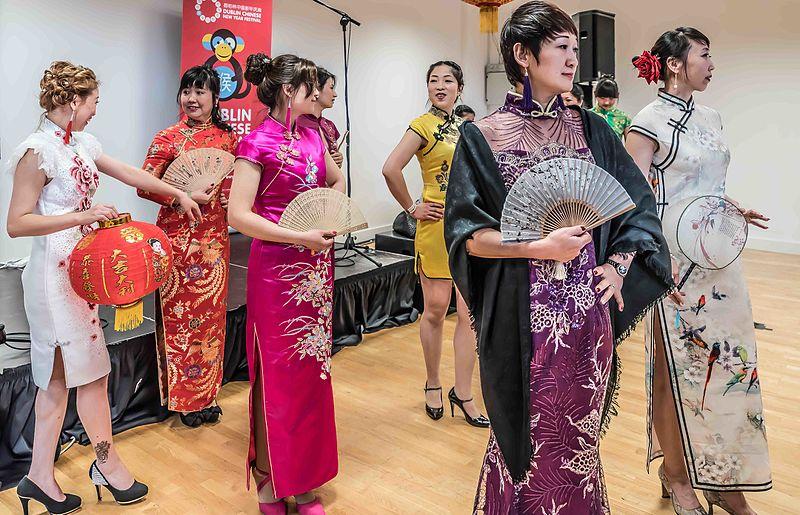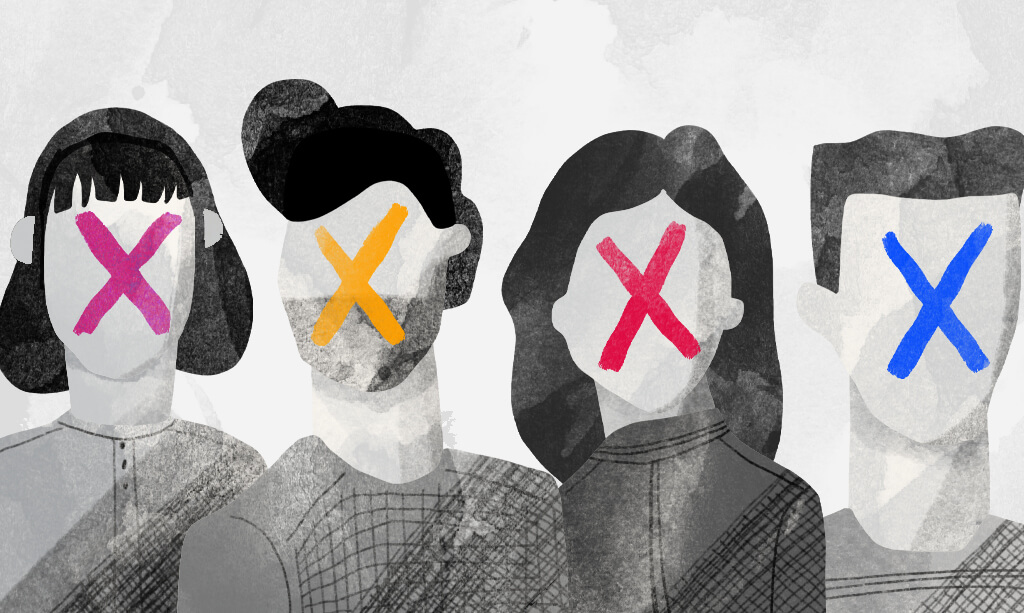After taking a trip to a local vintage store, Utah senior Kenziah Daum found the prom dress of her dreams. She purchased the Chinese traditional qipao and wore it to her prom. However, after posting several photos on Twitter, she received backlash, as many users piled on insults. A user, Jeremy Lam, tweeted, “my culture is NOT your goddamn prom dress.” In response to all of the hate, she justifies her decision, saying that she “thought it was absolutely beautiful.” Accused the teen of ignorance and cultural appropriation—disrespect to a person’s culture that is not their own. Some Asian Americans claimed she disrespected their culture, while others claimed her attire was a sign of appreciation.
With respect to either side of the debate, the teen had the right to wear the dress without this extent of backlash. Simply put, the situation involved a teenager who wore a prom dress because she liked how it looked; there should be nothing wrong with that. Would she have avoided immense repercussions if she had chosen to wear a traditional American prom dress? Yes. However, should she also have the right to wear whatever she desires? Yes. It seems as though she took for granted the centuries of history that are depicted in those dresses and was not well enough informed to be wearing such a traditional piece of Chinese culture, but her ignorance should be forgiven. She did not purchase the dress with any ill intentions, so the thousands of hateful comments towards her were unnecessary and took away from the opportunity for many to educate others on traditional Chinese culture. Regardless, she did not set out to specifically purchase an Asian dress, nor did she she buy the dress out of disrespect but rather ignorance.
However, should have used her mistake as an opportunity to educate others and not as an opportunity to troll her. Her post of the dress quickly turned into an incident of cyber-bullying with over 41,000 retweets expressing hatred for her decision. Being upset about the situation is one thing, but it is another thing to have adults attacking a young girl for trying to be unique. A few days after the criticism reached a climax, she tweeted, “To everyone who says I’m ignorant, I fully understand everyone’s concerns and views on my dress. I mean no harm. I am in no way being discriminative or racist. I’m tired of all the backlash and hate when my only intent was to show my love.”
The only valid argument that her dress was a sign of cultural appropriation was a photo of Daum and her friends possibly mocking Chinese culture in a praying pose; however, she was mimicking a popular YouTuber, Ethan Klein, who later supported Daum for her pose.
While some considered this purchase a mishap, in the end, it brought more attention to the culture as a whole. She was simply demonstrating her appreciation for the culture by expressing her love for such a dress. In fact, many people in mainland China considered the debate as a success for appreciation of their culture. Despite whether or not Daum’s decision to wear the qipao was justified, cultural appropriation as a whole is still a prevalent issue. As society expands and people are exposed to more cultures, cultural appropriation is inevitable. Celebrities are often criticized for their questionable fashion choices at the expense of disrespecting cultures. This instance, however, is not an example of cultural appropriation. Daum affirms, “I’d wear it again.” And she should have the right to appreciate a culture that is not her own without the immense backlash.
















